About Christine
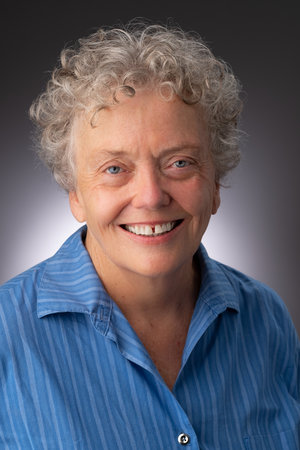
(photo credit: Mark Zelinski)
Christine McDonnell is the author of twelve books for children: picture books, chapter books, middle grade, and young adult novels.
In addition to writing she worked as a children’s librarian at the New York Public library where she was trained by Augusta Baker and learned puppetry from Pura Belpré. In the Brookline (Mass.) Public Schools she taught grades 6-12, worked as a school librarian, and was part of the teacher training team at Facing History and Ourselves, a curriculum project focused on the Holocaust. At the Simmons College Center for the Study of Children’s Literature she designed community programs in children’s books and taught graduate classes in children’s literature.
A reviewer and critic of children’s books, she has written for School Library Journal, The Horn Book Magazine and The Christian Science Monitor. Her column, “New Voices, New Visions,” appeared in The Horn Book Magazine.
A graduate of Barnard College and the Columbia University School of Library Service, she received an MFA from Hamline University.
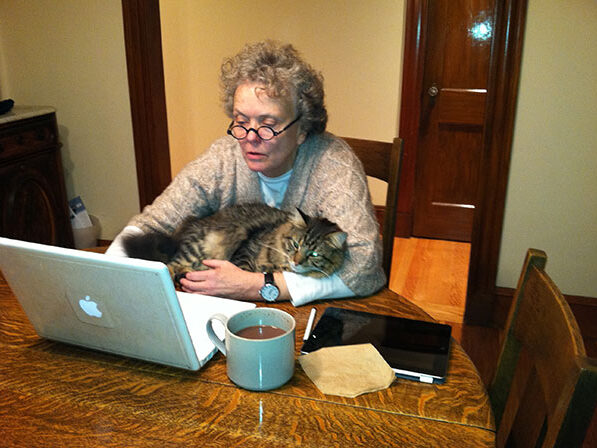 Hard at work on my next book
Hard at work on my next book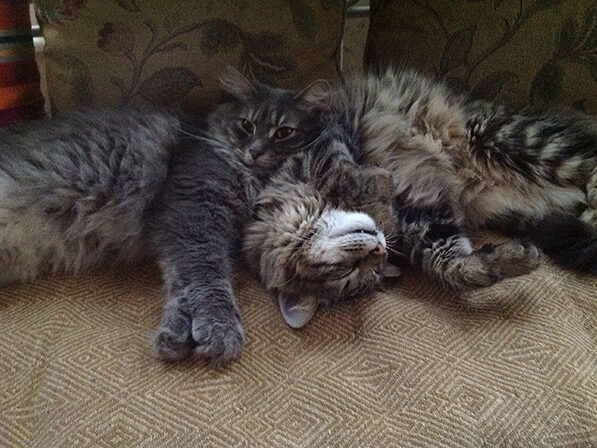 My cats
My cats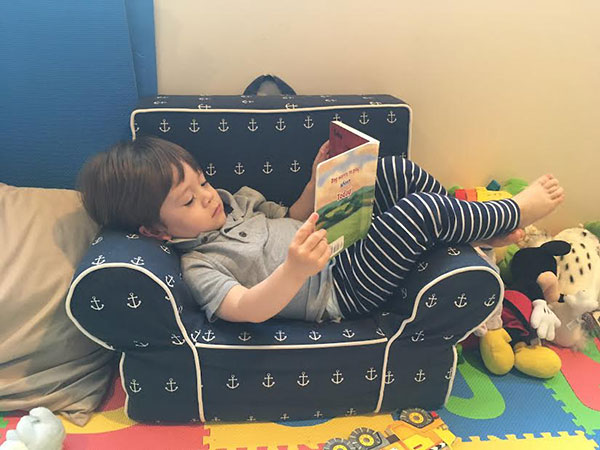 Can you guess which book my grandson is reading?
Can you guess which book my grandson is reading?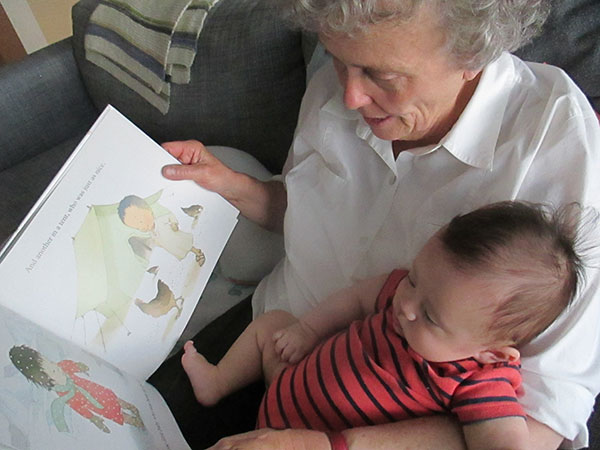 Reading aloud
Reading aloud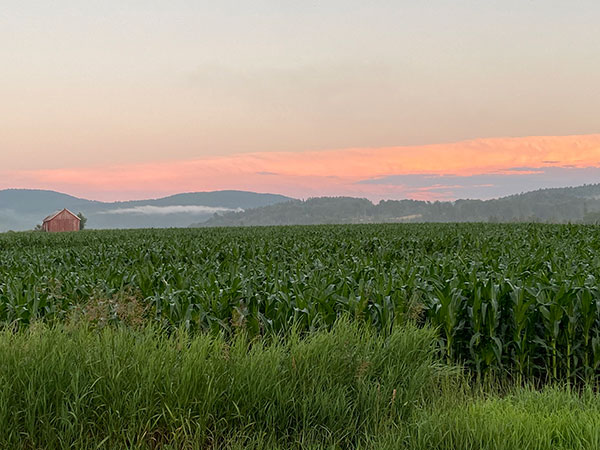 My Vermont farm
My Vermont farm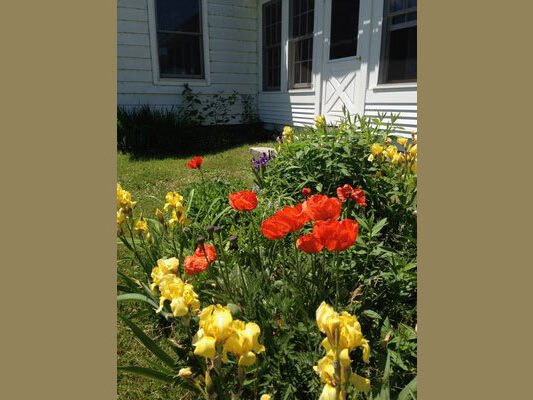 Flowers at my Vermont farm
Flowers at my Vermont farm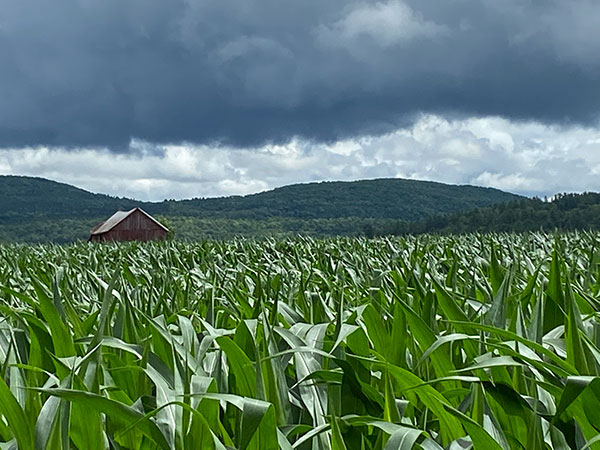 Cloud watching in Vermont
Cloud watching in Vermont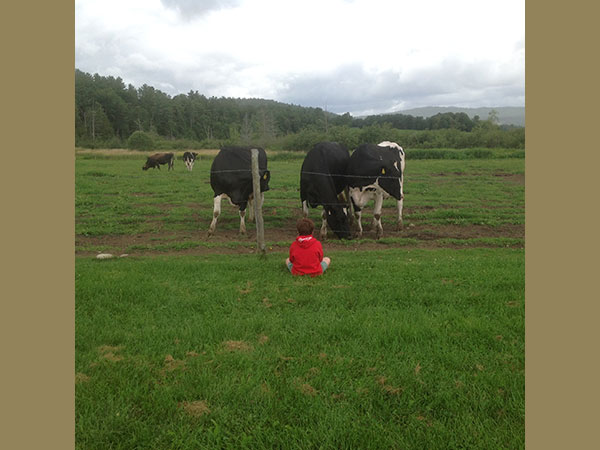 Cow watching in Vermont
Cow watching in Vermont Winter at my Vermont farm
Winter at my Vermont farm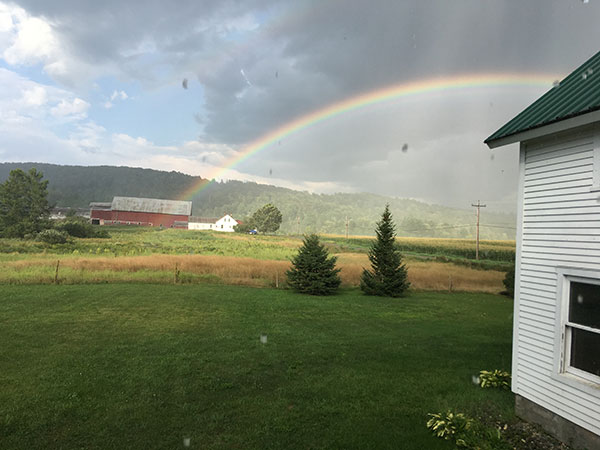 Rainbow!
Rainbow!
Publishing History
My first published book was Don’t Be Mad, Ivy (Dial Press, 1981). I was writing what I thought were picture book texts but my editor saw they came together as a chapter book for young readers.
Leo, a character from that book, became the hero of my next book, Toad Food and Measle Soup (Dial,1983). Leo has been a favorite of mine, appearing again in It’s a Deal, Dogboy (Viking 1998).
Leo and Ivy appear in Lucky Charms and Birthday Wishes (Viking 1984) and Just for the Summer (Viking 1987) along with friends Emily Mott and Johnny Ringer.
My daughter, a ballet dancer who also loved to play ice hockey, was the inspiration for my middle grade novel, Ballet Bug (Viking 2001), about a girl who tries to do both.
Goyangi Means Cat (Viking 2011) is a picture book about a little girl from Korea who comes to a family in America. She speaks only Korean and the family speaks only English but they teach each other words during her first week in her new home. The events in the story are fiction but it was influenced by my family’s experiences.
Another picture book, Dog Wants to Play, (Viking 2009) is set on a farm. Jeff Mack brings it to life in brilliant color. Poor Dog is disappointed again and again but all ends well in a riotous ending.
After writing several episodic books, I set aside time to work on a longer novel. In Count Me In (Viking 1986), Katie feels left behind by her parents’ divorce. She lives with her mother and stepfather who are expecting a new baby. She visits her father in the city but she can see that there’s no place for her there. She wonders where she will fit after the baby’s born.
In my second novel, Friends First (Viking 1990), Miranda ’s closest friend, Gus, lives downstairs. They’ve grown up together, best friends for years. I wanted to explore the possibility of a close friendship like theirs lasting as they grow older. They write a science fiction/romance together, trading chapters, and use it to reflect their friendship and the stresses that come with adolescence. A Spanish edition, Los Amigos Primero (A LA Orilla Del Viento, 53) is illustrated by Vicent Marco.
My picture book, When the Babies Came to Stay (Viking 2020) came out just as the pandemic changed our lives. In it four babies appear mysteriously on an island. One is discovered in the mail bag, two are left on the ferry and one is found sleeping on the fish pier on a pile of nets. The babies are discovered by the ferryman, the harbor master and the fisherman and not one of them knows what to do. The librarian takes charge!
Sanctuary: Kip Tiernan and Rosie’s Place, the Nation’s First Shelter for Women (Candlewick, 2022) is a picture book biography of a Boston activist. In the 1970s Kip Tiernan saw women experiencing homelessness—sleeping on benches and searching trash cans for food; shelters at that time were only for men. She was determined to create a shelter for women, “a sanctuary with flowers and music where women wouldn’t be reminded they were poor, a shelter with no chores, no questions asked, just good meals and wam beds.”
